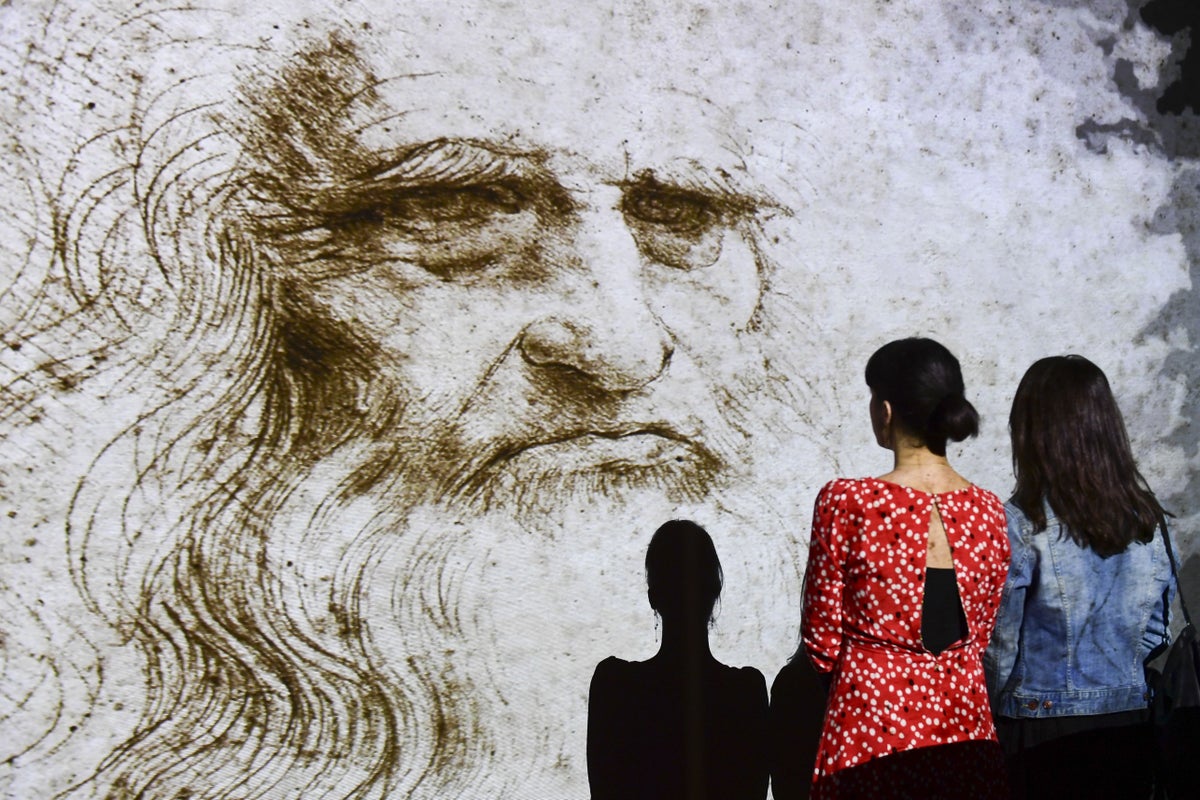
Leonardo da Vinci’s understanding of gravity, while not completely accurate, was “centuries ahead of his time”, according to a new study that reasessed sketches in the Italian polymath’s old notebooks.
The research, published recently in the journal Leonardo, found da Vinci, who lived from 1452 to 1519, had devised experiments to demonstrate that gravity is a form of acceleration.
He had modeled the gravitational constant to around 97 per cent accuracy, according to scientists from the California Institute of Technology (Caltech) in the US.
It was only in 1604 that Galileo Galilei theorised that the distance covered by a falling object was proportional to the square of time elapsed, and it wasn’t until the late 17th century that Sir Isaac Newton developed a law of universal gravitation to describe how objects are attracted to each other.
These latest findings suggest da Vinci was ahead of his time in exploring these concepts.
“Engineers from Caltech have discovered that Leonardo da Vinci’s understanding of gravity – though not wholly accurate – was centuries ahead of his time,” said a press release from the university.
In an experiment described in a collection of papers written by da Vinci called the Codex Arundel, Caltech professor Mory Gharib spotted a series of sketches showing triangles generated by sand-like particles pouring out from a jar.
“What caught my eye was when he wrote ‘Equatione di Moti’ on the hypotenuse of one of his sketched triangles – the one that was an isosceles right triangle. I became interested to see what Leonardo meant by that phrase,” Dr Gharib said in a statement.
Scientists then worked on translating da Vinci’s Italian notes written in his famous left-handed mirror writing that reads from right to left.
They found that the manuscript described an experiment in which a water pitcher moved along a straight path parallel to the ground, dumping out either water or a granular material – most likely sand – along the way.
In the notes, da Vinci makes it clear that the water or sand would not fall at a constant velocity, but rather accelerate due to gravity – an understanding much ahead of his time, noted scientists.
The Italian polymath also said the material stopped accelerating horizontally as it was no longer influenced by the pitcher and that acceleration is “purely downward”.
He described in the experiment that if the pitcher moved at a constant speed, the line created by falling material is vertical, so no triangle forms.
And if the pitcher accelerates at a constant rate, da Vinci reasoned that the line created by the collection of falling material makes a straight but slanted line, which then forms a triangle.
In a key diagram, da Vinci pointed out that if the pitcher’s motion is accelerated at the same rate that gravity accelerates the falling material, it creates an equilateral triangle – highlighted in the note as “Equatione di Moti” or “equalisation (equivalence) of motions”.
“What we saw is that Leonardo wrestled with this, but he modeled it as the falling object’s distance was proportional to 2 to the t power [with t representing time] instead proportional to t squared,” said Chris Roh, another author of the study from Caltech.
“It’s wrong, but we later found out that he used this sort of wrong equation in the correct way,” he added.
Scientists said one of the Italian polymath’s primary hurdles was being limited by the tools of his time to precisely measure time as objects fell.
“We don’t know if da Vinci did further experiments or probed this question more deeply. But the fact that he was grappling with this problem in this way – in the early 1500s – demonstrates just how far ahead his thinking was,” Dr Gharib added.







